Beauty trends have always reflected society’s values, aspirations, and cultural quirks — and throughout history, some of the most unusual and surprising beauty practices have emerged. Interestingly, many of these bizarre trends from centuries past are now making a comeback in today’s beauty world, often with a modern twist and safer applications. In an age where innovation seems endless, it’s fascinating that the beauty industry often turns to the past for fresh inspiration.
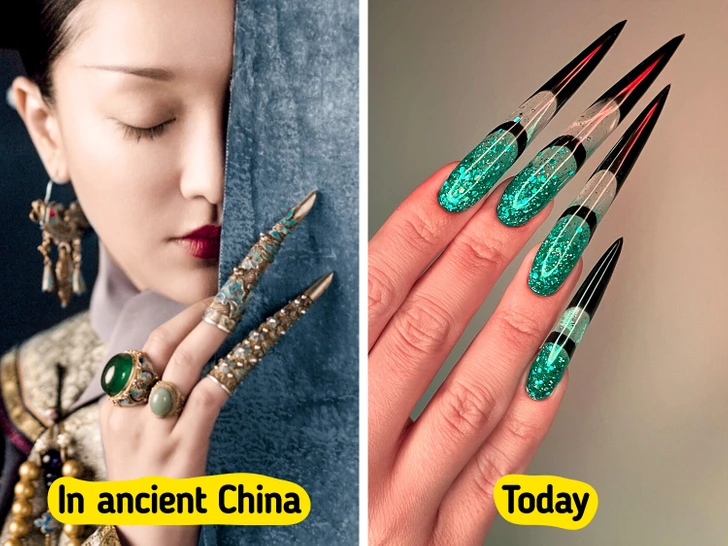
Take super-long nails, for example. In ancient China, particularly during the Qing Dynasty (1644–1912), long fingernails were more than a style choice — they symbolized nobility and privilege. The elite class, most notably Empress Dowager Cixi, would grow their nails up to six inches long to show they didn’t engage in manual labor. To preserve these delicate extensions, the empress wore ornate gold overlays during the day and soft yellow satin nail protectors at night. She even had a dedicated team of servants to care for her nails daily, soaking her hands in herbal infusions and applying fresh coats to maintain their brilliance. Rumor has it that she even kept her nail clippings in a jade box.
Today, the trend of long nails is experiencing a bold revival. No longer limited to the aristocracy, these extravagant nails are a form of self-expression for anyone willing to go the extra inch—literally. Thanks to innovations like acrylic, biogel, and polygel, people can now create nail extensions in almost any shape or length. From sharp stilettos to bold square tips, the sky’s the limit when it comes to nail design. However, without a team of attendants like Empress Cixi had, modern wearers must find clever ways to maintain their look while navigating daily life.
Another ancient beauty ritual gaining renewed popularity is female facial hair removal. The practice dates back to Ancient Egypt, where women used a paste made of sugar and water — an early version of sugaring — to remove unwanted hair. Fast forward to the Renaissance, and Queen Elizabeth I popularized the idea of a high forehead by encouraging noblewomen to pluck their hairlines and even remove their eyebrows entirely. In Victorian England, depilatory creams containing arsenic were commonly used, with women testing the mixture’s effectiveness by dipping a bird feather into it. If the feather disintegrated, the concoction was deemed ready.
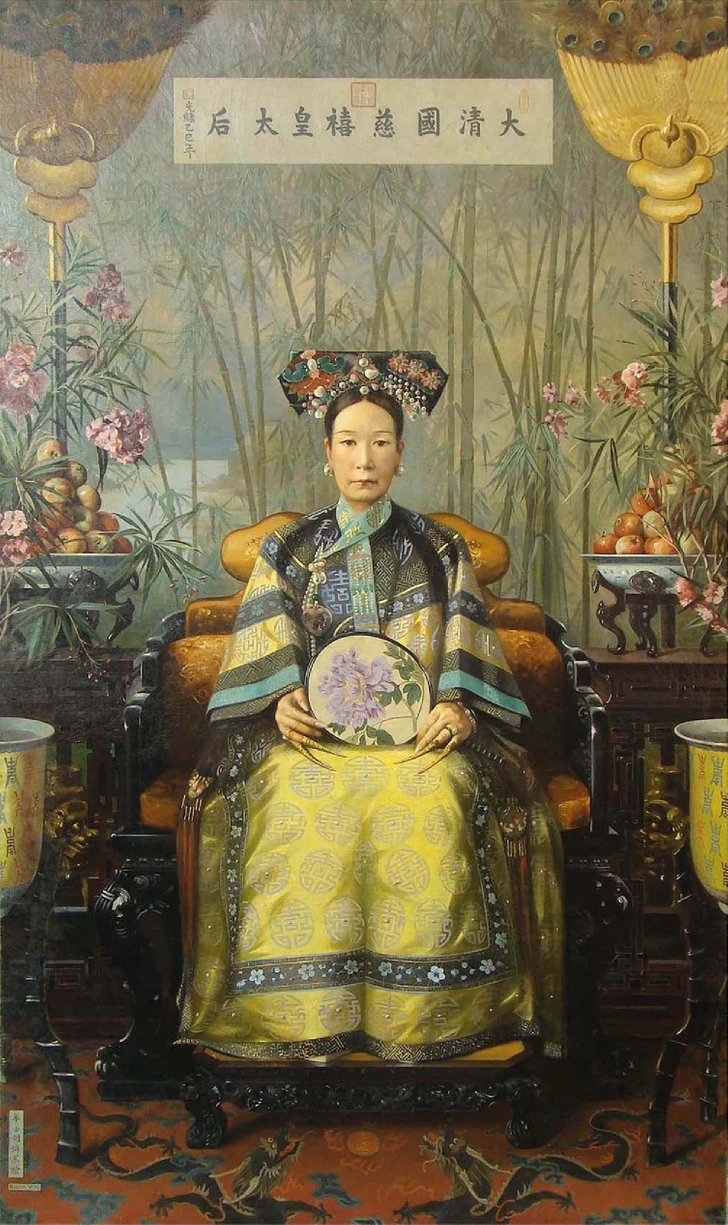
Today, these methods have evolved into what is now known as dermaplaning. This cosmetic procedure involves gently scraping the skin with a scalpel to remove peach fuzz and the top layer of dead skin cells, resulting in a smoother surface that helps foundation glide on more seamlessly. Though the long-term benefits of dermaplaning are still under scientific review, many beauty enthusiasts swear by the immediate results. In addition, threading — a method of plucking hair with a twisted thread — has become widely popular, especially for shaping eyebrows. This technique, which originated in Asia, is now a go-to method for many cosmetologists due to its precision and minimal irritation.
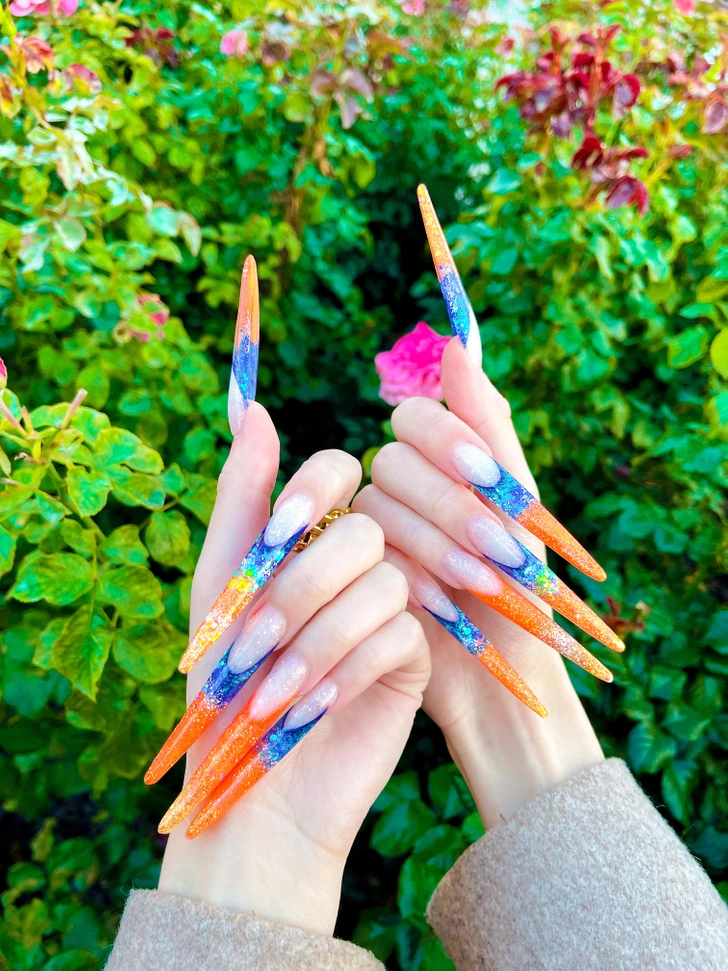
One of the most surprising trends to make a return is the use of snail mucin in skincare. Used as far back as Ancient Greece and China, snail mucus was believed to have healing properties. Roman naturalist Pliny the Elder even documented its use in treating burns. During the Middle Ages, European apothecaries would boil snails to create balms for irritated skin. However, snail mucin really gained traction in the 1980s, when Chilean farmers noticed their hands were smoother and healed more quickly after handling snails intended for restaurants.
Today, snail mucin is a star ingredient in many Korean beauty products. Studies have found that it contains powerful ingredients like hyaluronic acid, glycolic acid, peptides, and antioxidants, all of which help repair skin, fight inflammation, and promote a youthful glow. To collect this substance, snails are placed on special grids where they release mucin before being returned to their habitats. Although effective, this process has drawn criticism from animal rights advocates, prompting some brands to develop synthetic or plant-based alternatives to reduce animal stress.

False eyelashes and eyelash extensions have also evolved dramatically over the centuries. While Ancient Egyptians accentuated their lashes with natural oils and kohl, it wasn’t until the late 19th and early 20th centuries that modern fake eyelashes became fashionable. Back then, wigmakers crafted lashes from silk and human hair, often gluing them onto strips or, in some cases, sewing them directly into the eyelid—a painful-sounding procedure that began in France. These early falsies were often heavy and suited more for the theater than everyday wear.
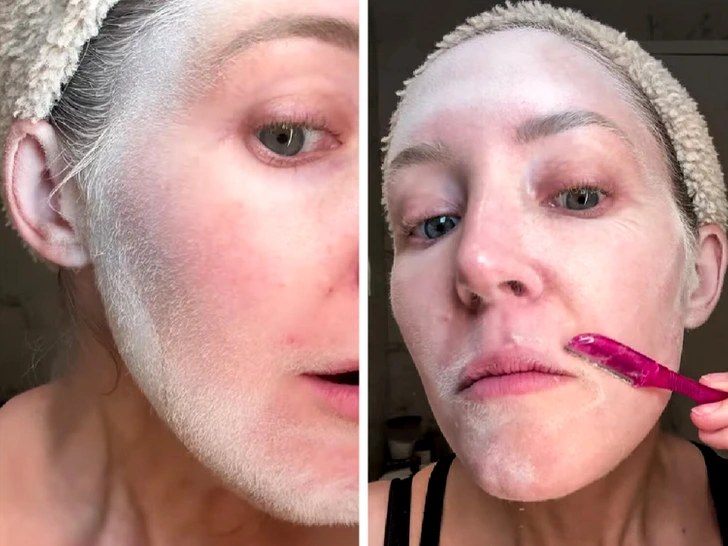
Over time, lash technology improved. By the mid-20th century, lash strips became thinner and more discreet, sometimes made from unusual materials like dried fish bladder. Women visited salons to have lashes applied, as doing it yourself was quite tricky. Curling the lashes regularly became a necessary step in the beauty routine. Interestingly, the eyelash curler has remained relatively unchanged in design even today. Modern techniques now involve gluing individual synthetic or mink lashes onto natural lashes, offering customizable lengths, colors, and curls. A recent twist on this trend includes placing false lashes underneath the natural lash line for a more seamless look.
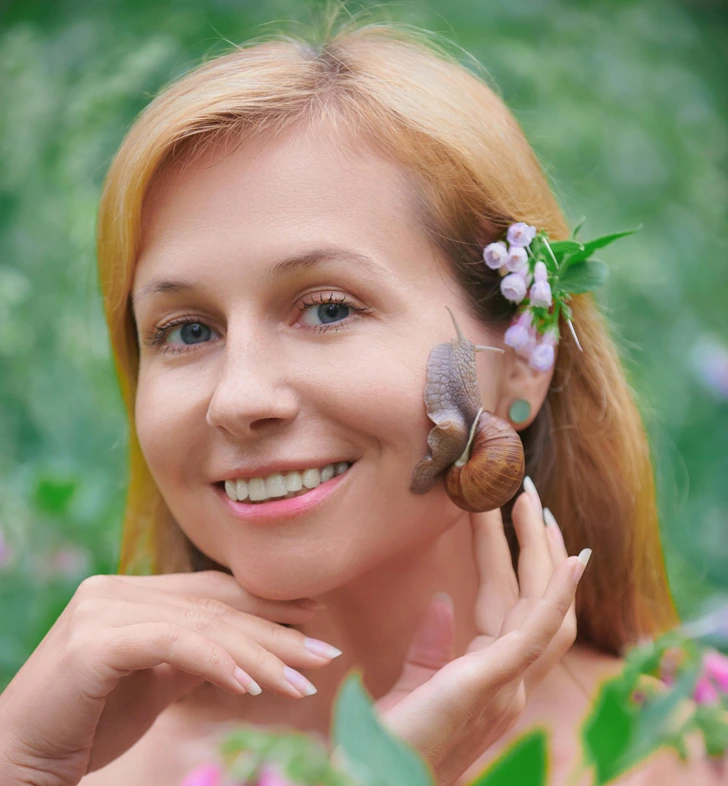
Another curious revival is the use of freshwater sponges, known as “badyaga,” which have been used in beauty rituals since ancient China. In Eastern Europe, these sponges were dried and crushed into a powder used to create a natural blush. When applied, the powder caused micro-injuries on the skin that stimulated blood flow and skin regeneration.
Today, cosmetics infused with spicules—the tiny, needle-like structures from sponges—have become bestsellers. These spicules act like micro-exfoliators, penetrating the skin to enhance cell turnover, collagen production, and deeper absorption of active ingredients. While they may not look glamorous, these sponges have proven to be effective allies in the quest for radiant skin.
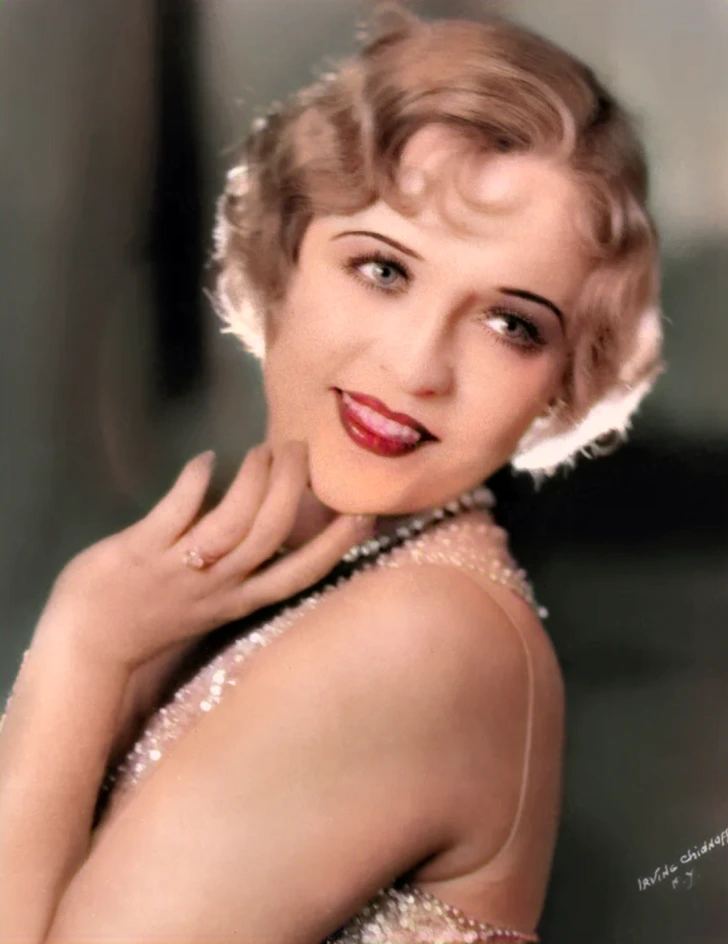
Ultimately, beauty is cyclical. Trends that once seemed strange or even dangerous are now returning with safer, science-backed methods. But while revisiting the past can be fun and inspiring, it’s important to approach beauty experimentation with care. Not every historical practice is suitable for revival — and when in doubt, it’s always best to consult a professional before adopting a centuries-old technique into your modern beauty routine.





